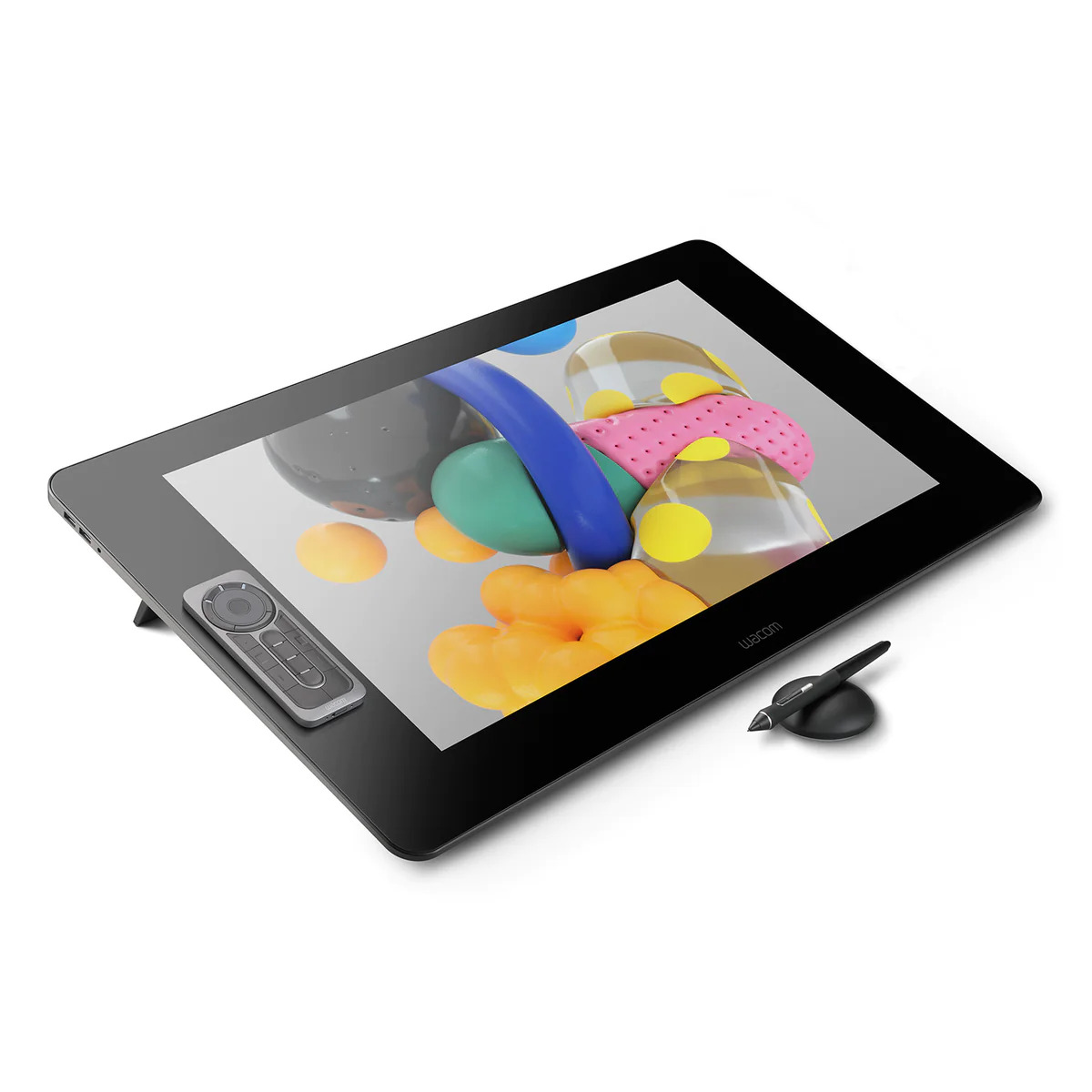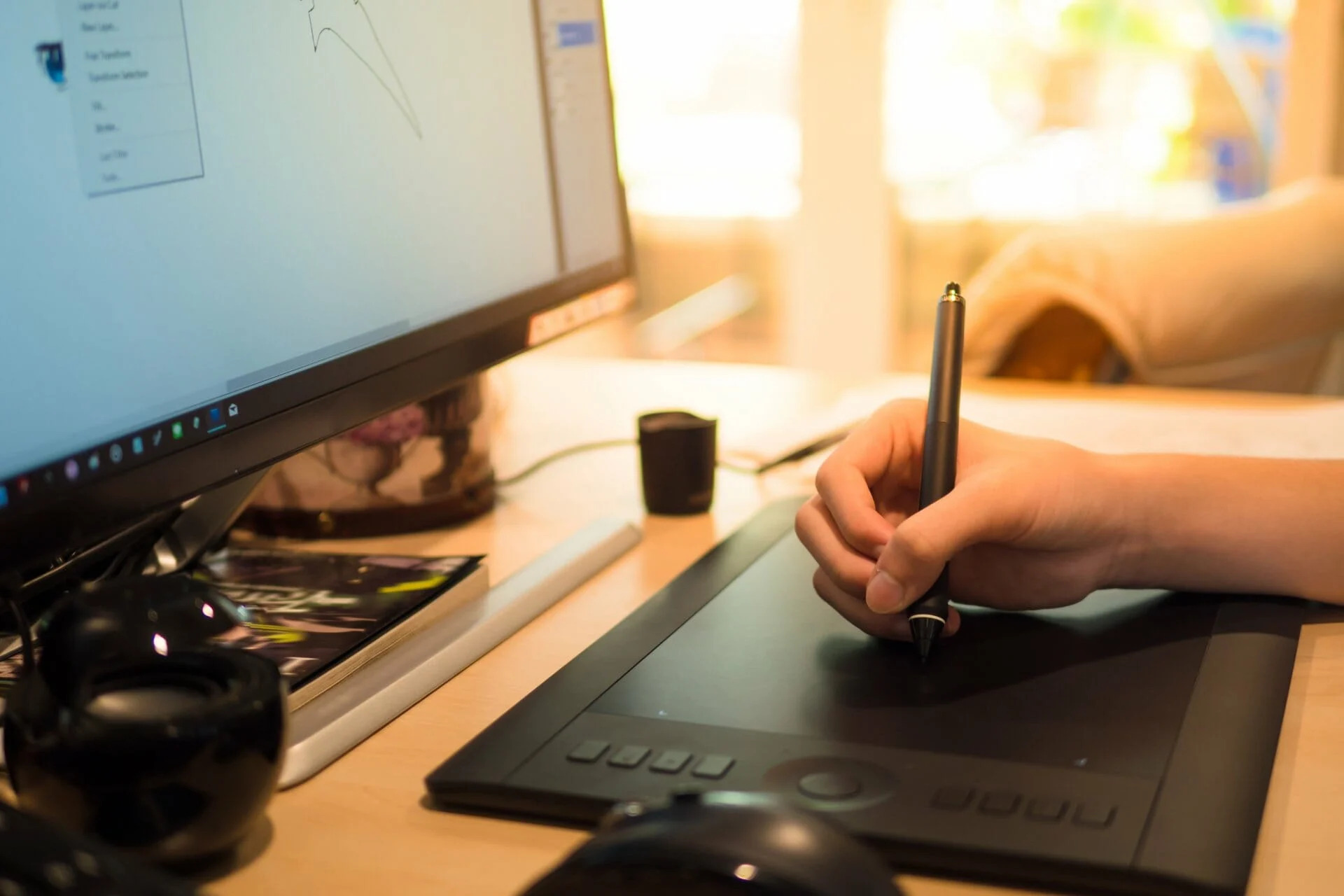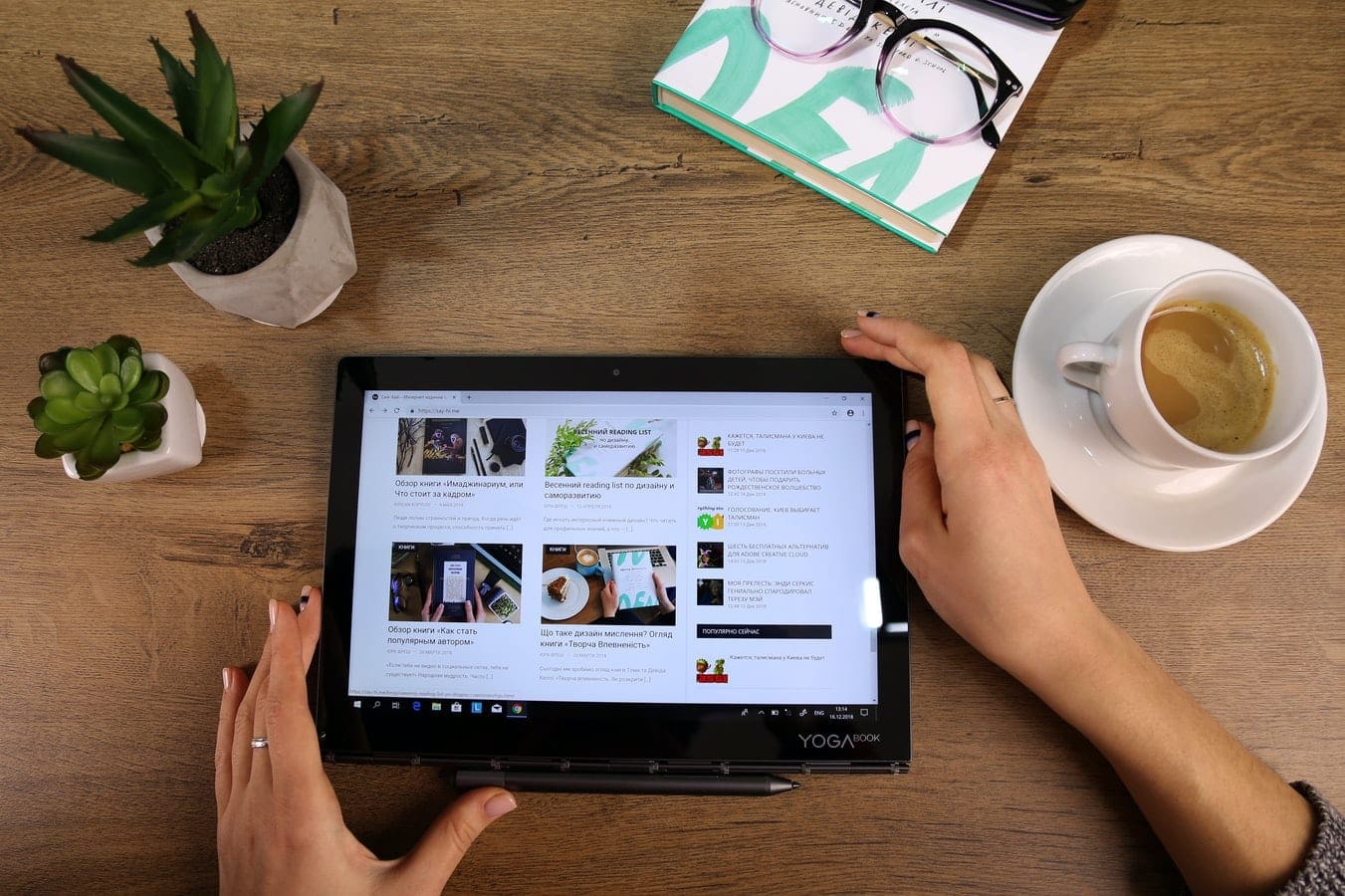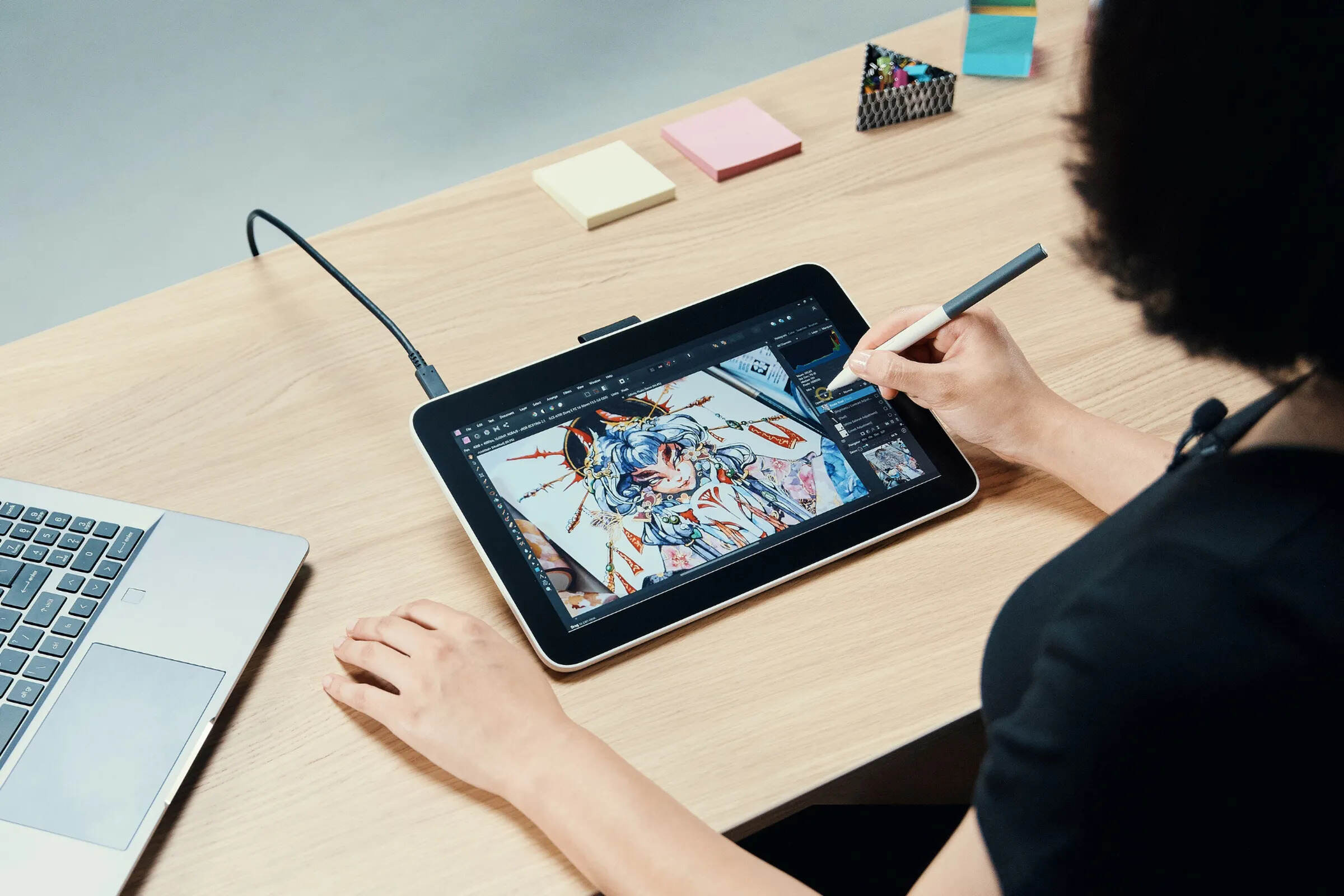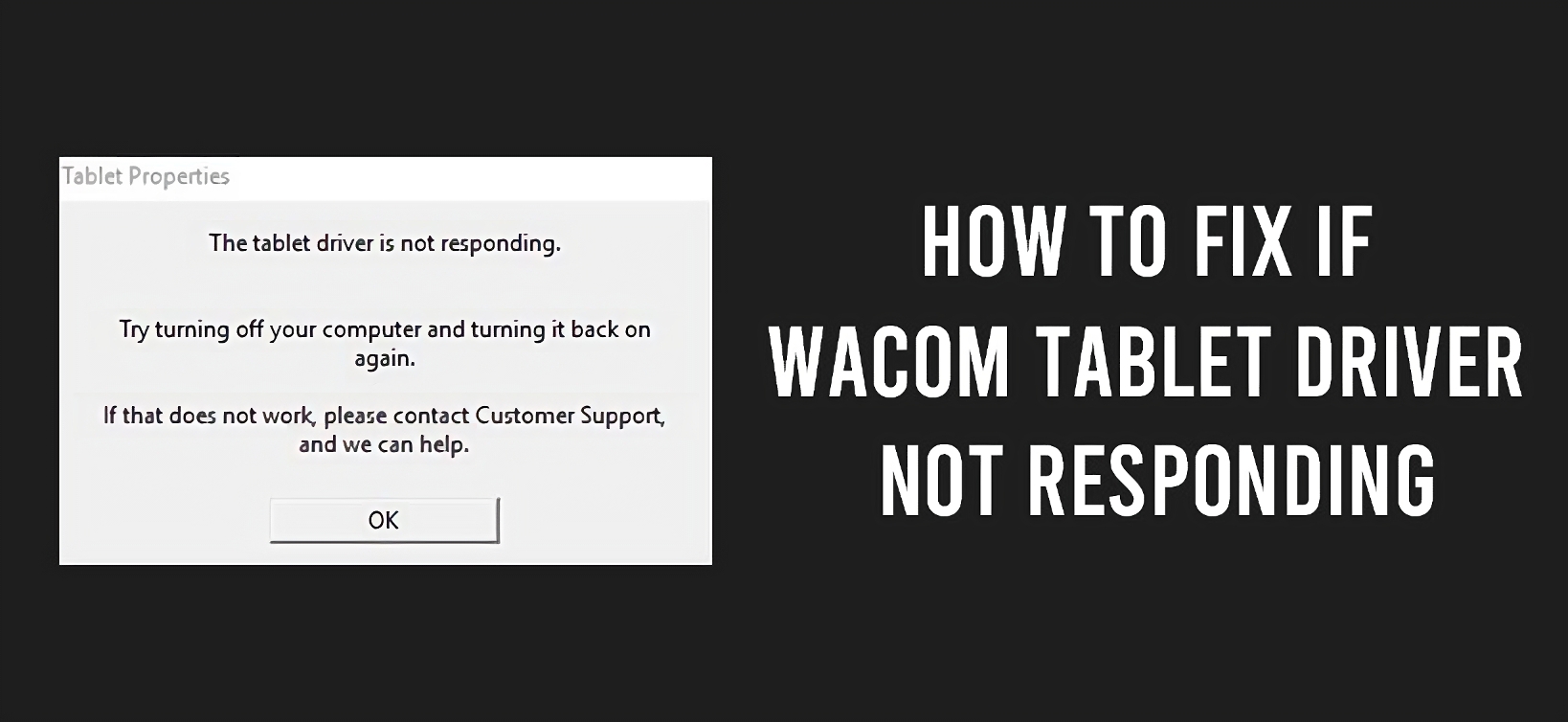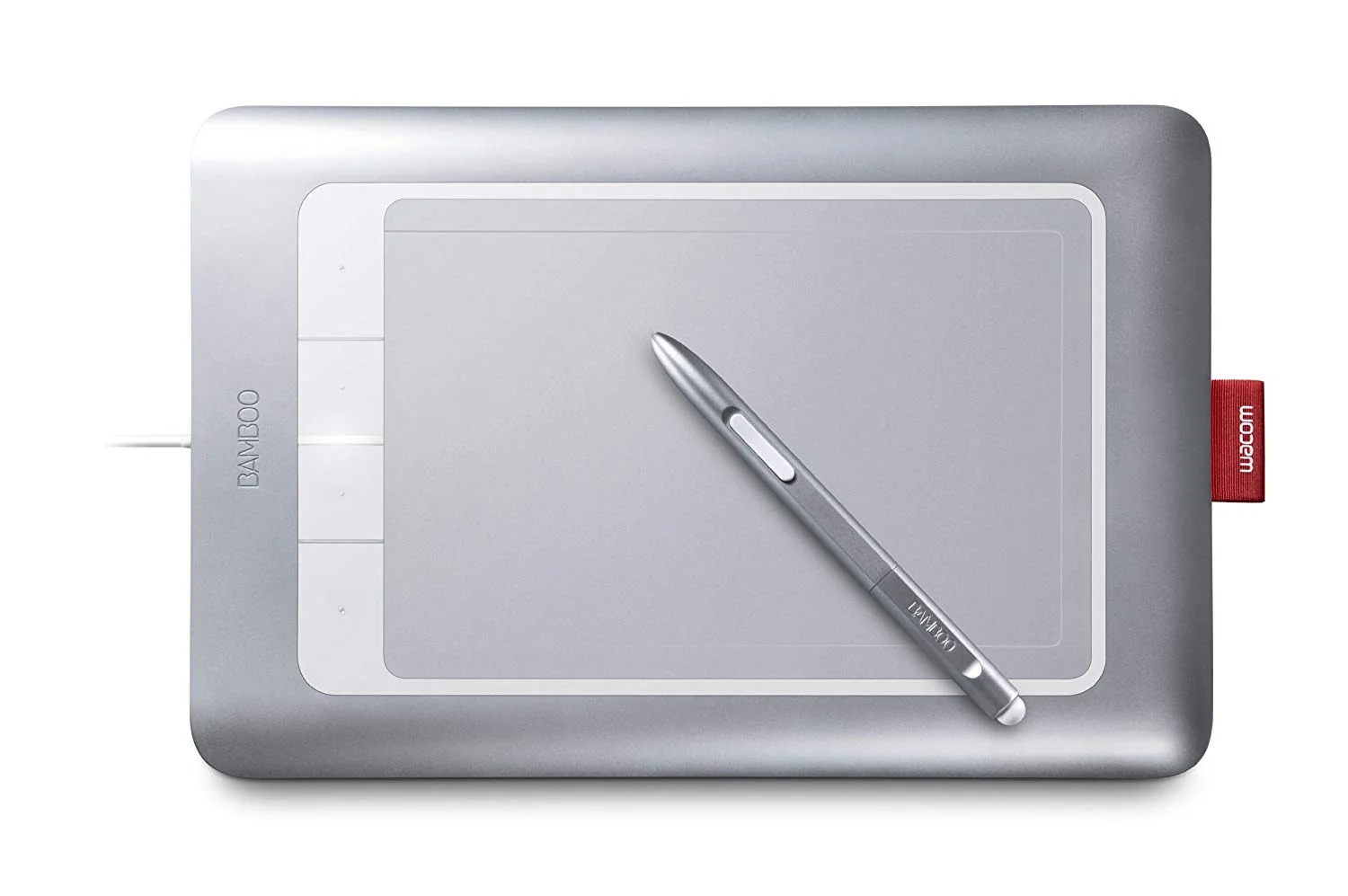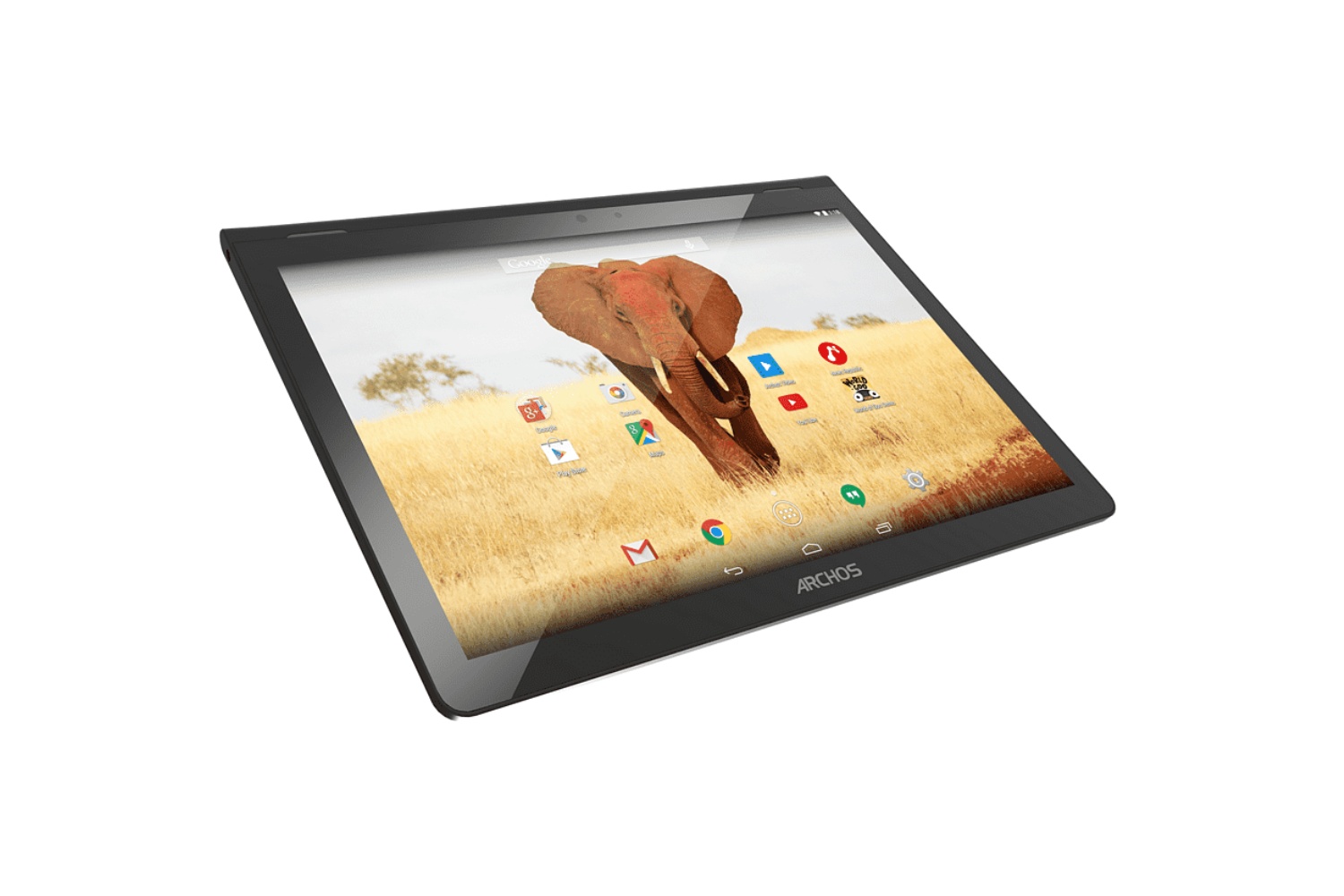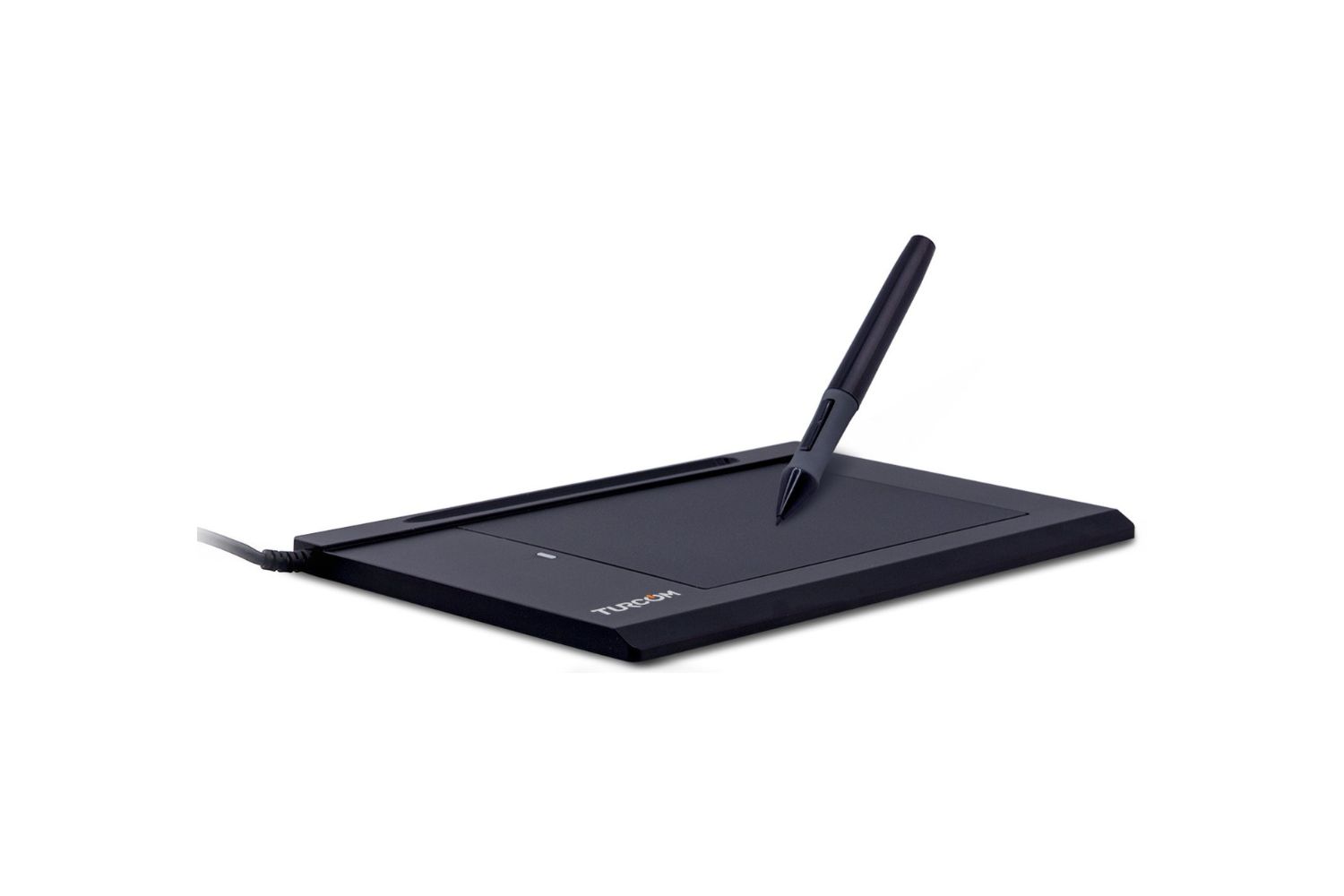Introduction
Tablets have become a popular tool for a wide range of tasks, from digital art and design to note-taking and productivity. However, like any electronic device, tablets can encounter issues that require troubleshooting. One common problem that tablet users may encounter is a malfunctioning tablet driver. A tablet driver is a software component that enables communication between the tablet hardware and the operating system.
When a tablet driver malfunctions, it can lead to various issues such as inaccurate pen tracking, unresponsive touch gestures, or even the complete inability to use the tablet. Restarting the tablet driver is often an effective solution to these problems, as it refreshes the communication between the tablet and the operating system. In this article, we will guide you through the steps to restart the tablet driver on different operating systems, namely Windows, macOS, and Linux.
By following these guides, you can resolve tablet driver issues and get back to using your device without any interruptions. It is important to note that these steps may vary slightly depending on the tablet model and the version of the operating system you are using. With that said, let’s dive in and learn how to restart the tablet driver on Windows, macOS, and Linux systems.
Why would you need to restart tablet driver?
There are several reasons why you might need to restart the tablet driver on your device. Understanding these reasons can help you identify when a driver restart may be necessary to resolve issues. Here are a few common scenarios where restarting the tablet driver can be beneficial:
1. Driver Conflict: In some cases, conflicts between different drivers or software components on your computer can affect the functionality of your tablet. Restarting the tablet driver can help resolve these conflicts and restore proper communication between the tablet and the operating system.
2. Malfunctioning Input: If you notice that your tablet’s pen or touch input is not functioning correctly, restarting the tablet driver can often correct these issues. It clears any temporary glitches that may have occurred and allows the driver to initialize again with the proper settings.
3. Software Updates: When you update your tablet’s operating system or install new software, it can sometimes lead to compatibility issues with the existing tablet driver. Restarting the driver after installing updates or new applications can ensure that the tablet is properly recognized and functions optimally.
4. Performance Optimization: Over time, the tablet driver may experience performance degradation, leading to sluggish response or occasional freezes. Restarting the driver can help improve performance by freeing up system resources and clearing any accumulated temporary data.
5. Troubleshooting: If you encounter any other unusual behavior or errors with your tablet, restarting the driver is often one of the first steps in the troubleshooting process. It is a simple yet effective method to eliminate any software-related issues before diving into more complex solutions.
Regardless of the specific reason, restarting the tablet driver is a straightforward solution that can fix a range of issues. It is advisable to try this step before exploring other troubleshooting options or seeking technical support. Now that we understand why you might need to restart the tablet driver, let’s move on to the step-by-step guides for Windows, macOS, and Linux users.
Restarting tablet driver on Windows
If you are experiencing issues with your tablet on a Windows operating system, restarting the tablet driver can often resolve the problem. Here’s how you can do it:
1. Open Device Manager: Press the Windows key + X on your keyboard and select “Device Manager” from the menu. Alternatively, you can search for “Device Manager” in the Windows search bar.
2. Locate your Tablet: In the Device Manager window, expand the “Human Interface Devices” or “Tablet” category. Look for your tablet device; it may be listed as “HID-compliant device” or with the manufacturer’s name.
3. Disable the Tablet Driver: Right-click on your tablet device and select “Disable device” from the context menu. If a confirmation dialog appears, click “Yes” or “OK” to proceed.
4. Enable the Tablet Driver: After disabling the tablet driver, right-click on the device again and select “Enable device” from the context menu. This action will restart the tablet driver.
5. Restart your Computer: To ensure that the changes take effect, it is recommended to restart your computer. Save any ongoing work before proceeding with the restart.
Once your computer boots up again, the tablet driver will be restarted, and you should see improved functionality. If the issue persists, you may need to consider updating the tablet driver or contacting the tablet manufacturer for further assistance.
Remember, these steps are a general guide, and the exact process may vary slightly depending on the tablet model and Windows version you are using. Consult the documentation provided by the tablet manufacturer if you encounter any difficulties during the process.
Now that we’ve covered restarting the tablet driver on Windows let’s move on to macOS, where the process may differ slightly.
Restarting tablet driver on macOS
If you are facing issues with your tablet on a macOS system, restarting the tablet driver can help resolve the problem. The steps to restart the tablet driver on macOS are as follows:
1. Open System Preferences: Click on the Apple menu in the top-left corner of the screen and select “System Preferences” from the drop-down menu.
2. Select the Tablet Settings: In the System Preferences window, locate and click on the “Wacom Tablet” or “Tablet” icon. This will open the tablet settings panel.
3. Restart the Tablet Driver: Within the tablet settings panel, navigate to the “General” or “Options” tab. Look for an option to restart the driver or reset the tablet settings. Click on this option to initiate the driver restart.
4. Close and Reopen Applications: After restarting the tablet driver, it is recommended to close and reopen any open applications that use the tablet. This step ensures that the applications recognize the newly restarted driver.
5. Test the Tablet: Once the tablet driver has restarted and the applications have been reopened, test the tablet to check if the issues have been resolved. Verify that the pen input, touch gestures, and any other features are functioning properly.
If the problem still persists after restarting the driver on macOS, you can try updating the tablet’s driver software or contacting the tablet manufacturer for further assistance. Remember that these steps are a general guide, and the actual process may slightly vary depending on the tablet brand and version of macOS you are using. Consult the tablet’s documentation or the manufacturer’s support resources if you encounter any difficulties during the process.
Now that we have covered restarting the tablet driver on macOS, let’s move on to Linux, where the process may vary depending on the distribution you are using.
Restarting tablet driver on Linux
While the process of restarting the tablet driver on Linux can vary depending on the distribution you are using, there are a few common methods you can follow. Here’s a general guide to restarting the tablet driver on Linux:
1. Open Terminal: Launch the terminal application on your Linux system. This can usually be done by searching for “Terminal” in the application launcher or by pressing the shortcut key combination Ctrl+Alt+T.
2. Identify the Tablet Driver: In the terminal, enter the command `xinput list` to view a list of input devices connected to your system. Look for the entry that corresponds to your tablet. It is typically listed as something like “Wacom Tablet” or “HID-compliant device.”
3. Disable and Enable the Device: Once you have identified the tablet device, use the command `xinput disable
4. Test the Tablet: After re-enabling the tablet device, test its functionality to see if the driver restart has resolved the issue. Verify that the pen input, touch gestures, or any other features are working correctly.
If you still encounter issues with the tablet on Linux after restarting the driver, you may need to explore additional troubleshooting steps specific to your Linux distribution or consult support resources provided by the tablet manufacturer.
It is important to note that the steps outlined here provide a general approach to restarting the tablet driver on Linux. The actual process may differ based on the distribution and configuration of your system. You can also consider checking the documentation or community forums related to your specific Linux distribution for more tailored instructions if needed.
Now that we have covered restarting the tablet driver on Linux, we have explored the steps for restarting the tablet driver on Windows, macOS, and Linux systems. Remember that restarting the tablet driver is often a simple and effective solution to resolve various issues that may arise with your tablet.
Conclusion
In this article, we have explored the importance of restarting the tablet driver when encountering issues with your tablet’s functionality. Whether you are using Windows, macOS, or Linux, restarting the tablet driver can often be an effective solution to resolve problems such as inaccurate pen tracking, unresponsive touch gestures, or overall device malfunctioning.
On Windows, restarting the tablet driver involves navigating to the Device Manager, disabling and enabling the tablet device. For macOS users, accessing the tablet settings panel in System Preferences allows for restarting the tablet driver. Meanwhile, on Linux, the process can vary depending on the distribution, typically involving the use of terminal commands to disable and enable the tablet device.
It is crucial to note that these steps may vary depending on the tablet model and the specific operating system you are using. Therefore, consulting the tablet’s documentation or manufacturer’s support resources is recommended if you encounter any difficulties during the process.
By restarting the tablet driver, you can potentially resolve issues related to driver conflicts, malfunctioning input, software updates, performance optimization, and more. However, if the problem persists after restarting the driver, it may be necessary to explore other troubleshooting methods or contact the tablet manufacturer for additional assistance.
Remember, troubleshooting tablet issues can sometimes be a trial-and-error process, but restarting the tablet driver is a simple and often effective first step to resolve common problems. Regularly updating your tablet’s driver software and keeping your operating system up to date can also help prevent driver-related issues from occurring.
We hope that this article has provided you with the necessary guidance to restart the tablet driver on various operating systems. By following these steps, you can ensure optimal performance and functionality from your tablet, allowing you to continue enjoying your digital art, note-taking, and productivity tasks without interruptions.







